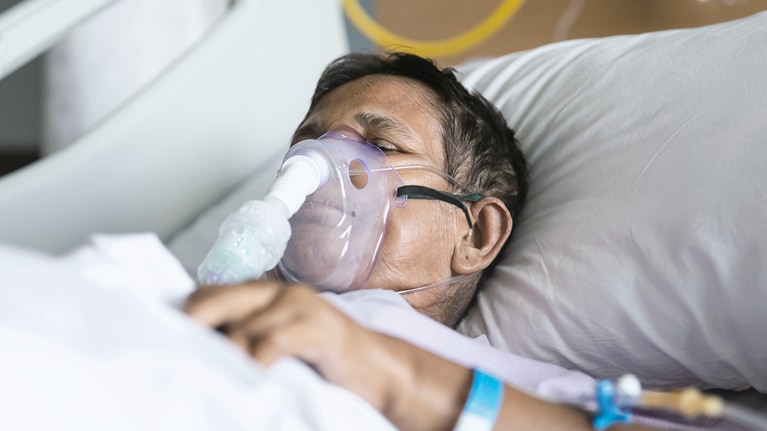Outpatient and procedural volumes at many hospitals in the United States remain below pre-pandemic levels, according to a new McKinsey survey of hospital leaders. The survey was run from February 14–18, 2022.
While respondents reported lower outpatient and surgical volumes compared to 2019, they expect more patients to receive surgery in the second quarter of 2022; more than one-third of respondents expect demand to exceed provider capacity in several specialties (such as orthopedic surgery) over the next six months.
More than half of respondents said specialist appointments for new patients are taking more than 14 days, on average, to schedule. About 60 percent of respondents reported that access to specialty care is worse today than in 2019, up about five percentage points from the October 2021 survey.
Lower operating-room volumes appear to be driven by fewer outpatient clinic visits, particularly for surgical subspecialties that tend to have more non-emergent procedures. Nine of the 10 specialties with the lowest relative clinic volumes among respondents are surgical specialties, with plastic surgery, ophthalmology, and orthopedic surgery as much as 12 percent below 2019 levels.
Almost all of the respondents said staffing challenges are affecting capacity for elective care. More respondents in February 2022 than in October 2021 reported trying to hire additional clinical support staff, such as technicians—as well as additional physicians—to improve capacity. Respondents said they expect 14 percent of all outpatient visits to be virtual through 2022, with particular use in psychiatry and family medicine.
Because elective-surgery volumes have remained below 2019 levels for nearly two years, pent-up demand and challenges to access may continue to worsen as systems remain constrained by capacity. With workforce challenges expected to persist, healthcare systems may continue to improve operational efficiency and patient throughput to ensure patients have the continued access to care they need.

Nursing in 2021: Retaining the healthcare workforce when we need it most
Update: November 15, 2021
In mid-2021, McKinsey surveyed leaders at 100 private-sector hospitals across the United States to understand how COVID-19 continued to impact hospital volume.
We repeated the survey in October 2021, and found that, overall, hospital volumes are near 2019 levels, but continue to be impacted by waves of COVID-19. Of note: emergency department visits are above 2019 levels across all regions, and procedural volumes across all regions are close to their 2019 baseline.
The flat operating-room volumes appear to be partially driven by relatively lower outpatient clinic volumes. Eight of the 10 specialties with the lowest relative clinic volumes are surgical specialties, with plastic surgery and ENT clinic volumes still between 8 percent and 12 percent below 2019 levels.
Lower specialty clinic volumes appear to be due to capacity constraints, as a majority of respondents report access to care being worse now than pre-COVID-19. While most practices are trying to address access issues, the primary barrier is clinical staffing challenges. Ninety percent of respondents said staffing challenges are impacting elective procedure capacity, with plastic surgery, orthopedic surgery, and dermatology having some of the longest wait times for care.
Update: August 12, 2021
McKinsey surveyed leaders at 100 private sector hospitals across the United States in late July to examine how COVID-19 continued to impact hospital volume. Emergency department and inpatient volumes have returned to 2019 levels, with respondents noting they expect it to be roughly 5 to 6 percent higher in 2022. Outpatient and procedural volumes were 3 to 4 percent above 2019 levels in July, and are expected to be 6 to 8 percent higher in 2022.
More than a third of provider respondents said they expected patient demand to exceed capacity in psychiatry and orthopedic surgery in the next six months. Roughly a fourth said they expect the same challenge in cardiology and gastroenterology. Plastic surgery and ophthalmology continue to have large decreases in outpatient volume when compared to 2019. To address these challenges, more than 50 percent of hospital respondents said they would expand their clinic hours to increase outpatient access. Other provider responses include hiring more physicians, increasing physician productivity expectations, hiring more clinical support staff, increasing marketing to patients, and proactively calling patients who have delayed care. Some COVID-19-related challenges, however, remain, including a shortage of nurses and clinical support staff, and some patients continuing to delay care.


